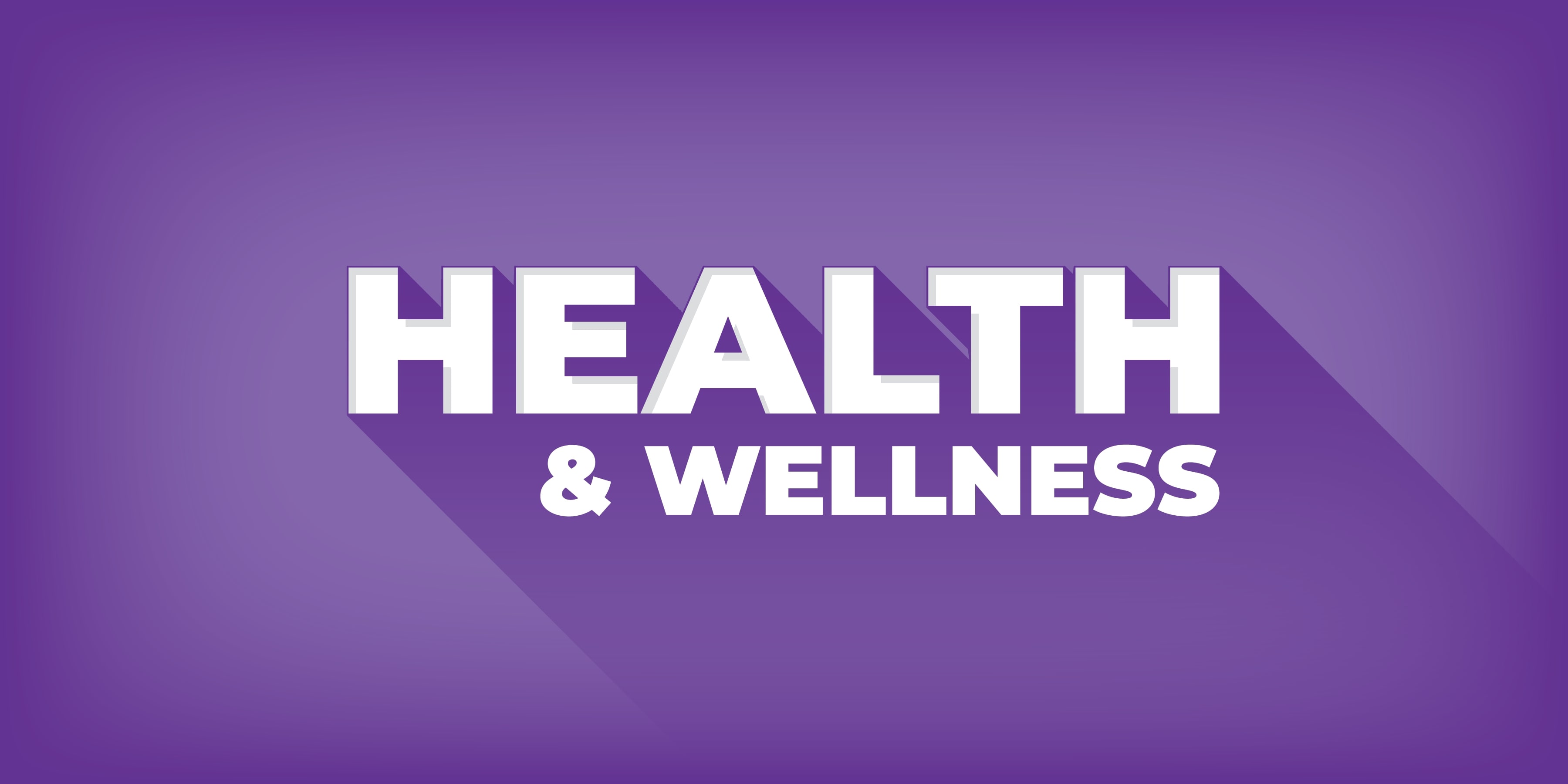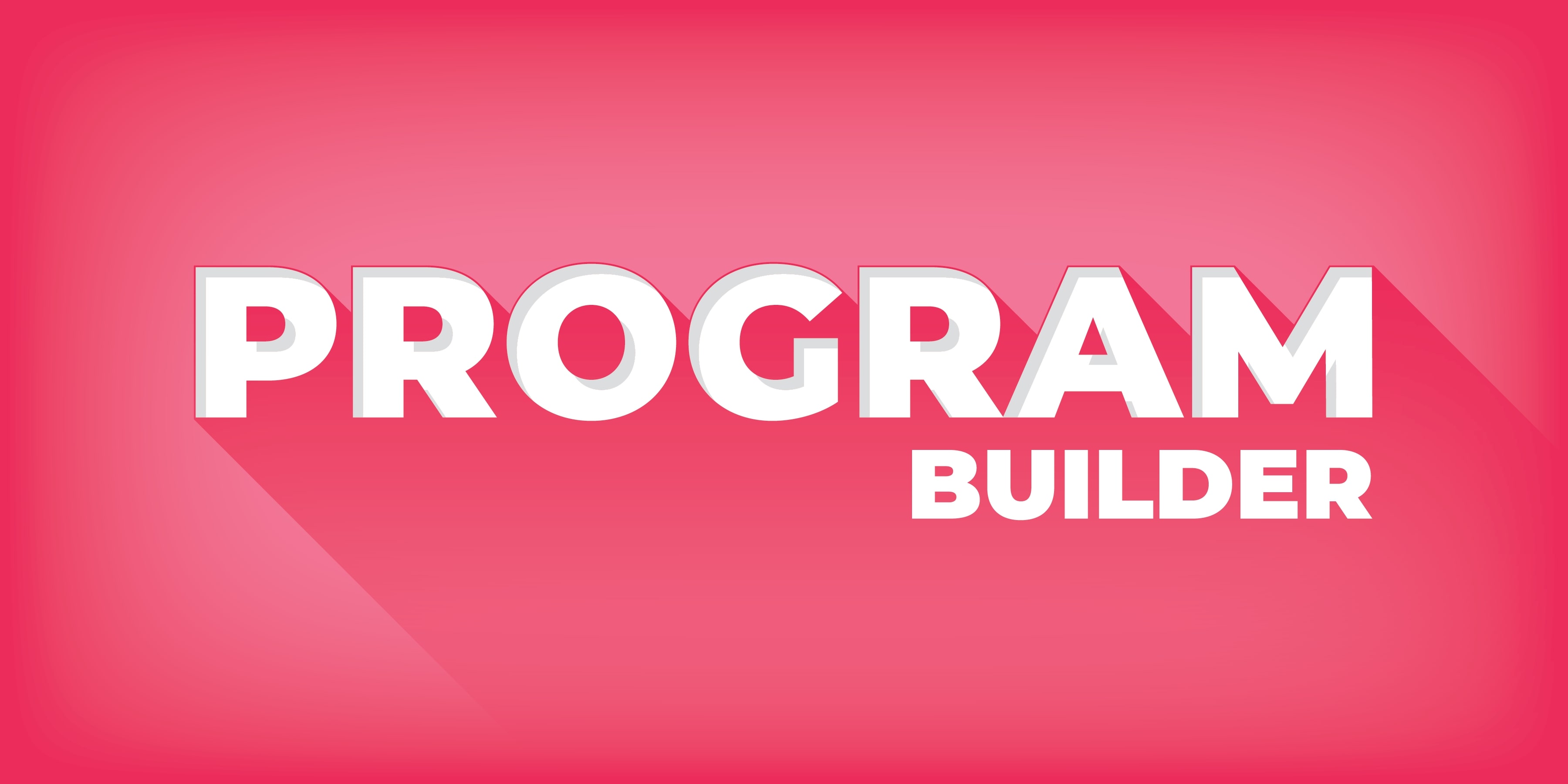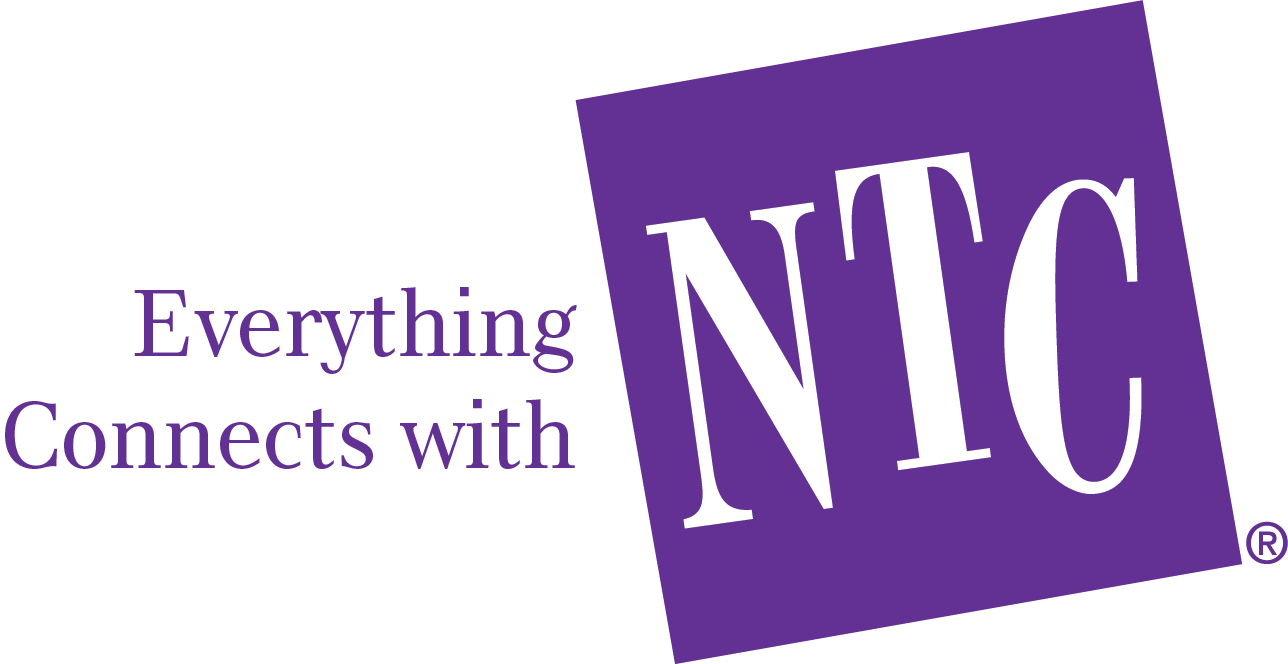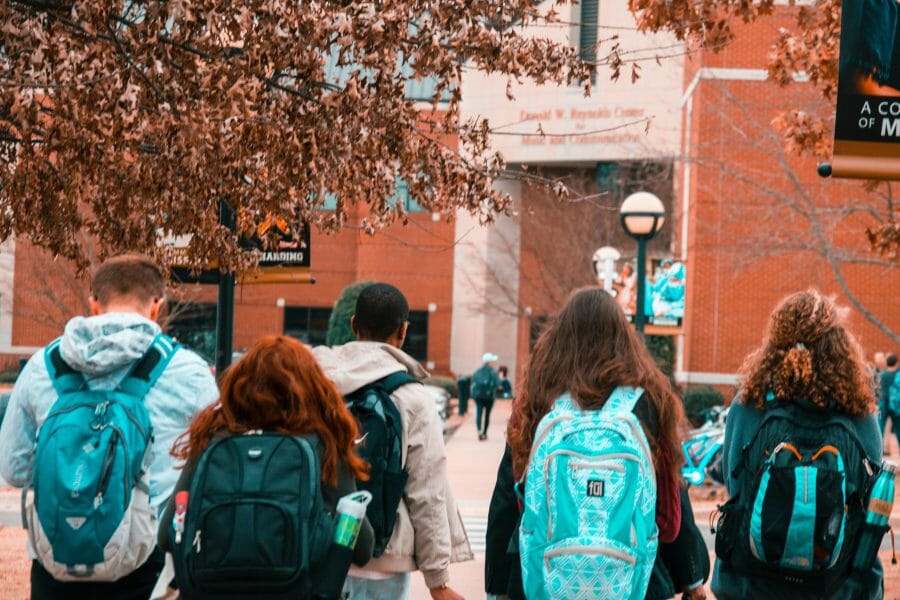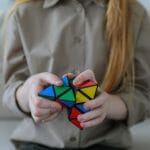Most of us resisted a lesson or assignment at some point in our lives, saying we’d never use that particular lesson in the real world. Sure, it was a simple excuse to get out of something we didn’t want to do, but there is a real kernel of truth in the argument. If we think we’ll never use a piece of information, it’s hard to wrap our young minds around its necessity. Real world connections demonstrate a lesson’s true value, and play an important role in a student’s academic and personal development.
Real world connections drive student engagement and create involved citizens with a passion for problem solving. When we’re solving problems that are personal to us, it becomes important that we get and stay engaged. It also drives us to see it through until the end. That’s because we are far more driven when we have those personal connections to the problems we are solving.
There are a lot of ways that real world connections bolster the learning process. Understanding the importance of these connections in helping lessons stick with learners over the long run shows how this type of learning contributes to lifelong curiosity and community improvement.
What Is a Real World Connection?
In learning, real world connections are lessons that involve actual experiences, events or objects. It’s also known as experiential learning. A very simple explanation of this real life teaching technique would be the use of apples rather than numbers to teach addition. When we use actual objects instead of squiggly lines on a page to teach a concept, the student can see those objects accumulating, giving them a greater understanding of what’s going on.
The same concept can be used to promote greater engagement, understanding and retention of all kinds of subjects. When students engage in real world situations that exemplify the lessons they are receiving, they take those lessons out of the theoretical world and put them into the world they live in and experience.
Why Are Real World Connections Important in Learning?
Learning can be tough, especially when we don’t have something tangible in the lesson to grab hold of. Many kids have trouble in school simply because they don’t really care about the subject matter. They can’t see how it has anything to do with them or their lives, and it doesn’t really matter to them whether or not they grasp a concept they don’t think they’ll ever use in their adult lives. It’s hard to combat that kind of thinking.
Luckily, when experiential learning techniques are used, it gives students a leg up in understanding how the lesson applies to their lives. This is when lesson engagement and retention becomes stronger.
Students Improve Self Esteem and Build Community Connections
When learning incorporates real world connections, it gives students something to care about. Teaching with real life examples also gives students a chance to make a difference in their communities. A child may feel good about acing a tough test, but they’ll feel a whole lot better about making life better for someone or something they care about. Building community connections and solving problems for those around us do a world of good for our feelings of self worth, and it’s a cornerstone of experiential learning.
Students Learn to Collaborate with Diverse Groups
Group projects are another cornerstone of experiential learning. By introducing students to the members of their communities who need help or are leading the charge in helping others, they develop empathy for others. They also learn to work with diverse groups of people and work together to solve problems. All these skill sets will not only serve students well into their futures, but it serves their future communities as well.
Students Develop Critical Thinking Skills
Real world situations aren’t as straightforward as the kinds of problems we’ve historically seen in school curricula. They are complex and affected by obstacles that may not always be easy to see. There are a number of ways we can accomplish certain things, and some will work better than others. By engaging young minds in solving multifaceted problems and applying knowledge to real life, we give them the tools they need to develop their critical thinking skills.
Students Achieve Greater Understanding of Course Materials
At the end of the day, the most important thing is that students learn and bring that learning into the world they live in. When we teach kids through real world connections and experiential learning, they develop a deeper understanding of course materials and of the world around them.
Applying concepts and problem solving skills to real life situations rather than hypothetical situations gives students the chance to see their work reflected in real time. They not only understand which solution works best, but they understand why. When we focus on what is real, classroom instruction becomes so much more effective.
How to Bring Real World Connections into Learning
There are lots of ways to incorporate using real-life examples in teaching youth about how to solve problems in the world they live in. Showing real life problems and engaging youth in ways to solve them brings those connections into learning. Inspiring students to identify problems in their world and engaging them in ways to solve those problems makes learning deeper. Here are some ways successful experiential learning programs are using real world connections to foster learning.
Get the Students Involved
If we really want to know what kids care about, we need to ask them. Children live their lives primarily in a space where adults tell them where to go and what to do. They don’t often get the chance to make any educational decisions themselves. Listening to their concerns and suggestions empowers students to take charge of their learning and actions. Getting their input ensures they are interested in the subject, and shows them that their opinion matters.
Follow Current Events
Students live in the real world and are more aware of current events than most adults realize. Empowering them to make change in the world means empowering them to dig deeper into those current events and make them a part of their learning.
When covering climate change or environmental issues, making the lesson specific to where the student lives is important. Where does the students’ water come from? Is it scarce? Or are they living in a flood prone area with different water issues? This can help students understand why water conservation is important to their lives. These real world connections show students why learning certain lessons is so important.
Identify Needs In The Community
If we really want a lesson to hit home, there may be no better way to make that happen than to choose an issue that’s important to our local communities. Seeing and understanding how issues affect our families and friends is a great driver for generating passion around a subject. When we get students excited, they’ll talk to their parents and friends about what they’re doing. If the parents get excited, we find ourselves looking at classrooms full of young activists passionate about making a positive impact on their environments.
Work Together in a Group
Keeping students engaged and interested in a topic is often easier when they work as a group. Allowing students to work together to devise and implement solutions to problems is a great way to prepare them for their futures. Making real world connections in the classroom is both a great bonding exercise and a great way to open students up to numerous possibilities in solving the issues at hand.This shared experience reinforces learning and helps students retain lessons.
Bring In Guest Speakers
Sometimes the best way to get kids engaged in a subject is to bring a real expert inside the classroom to talk to them. Guest speakers give the class an opportunity to see someone who actually works in the field they are studying. Not only that, but a good speaker can allow students to visualize a life that leads them down an interesting career path. There are numerous organizations that send guest speakers into classrooms to raise awareness around the causes they work with.
Take Field Trips
Real world connections don’t always have to be brought into the classroom. Sometimes, connecting learning to real life experiences is best done on location. Field trips have been favorite student activities for generations, and continue to be so today.
Learning about the water cycle? Visit a water treatment plan in your area to see how your water gets into your house and how it is made drinkable. Learning about clean energy? Visit a wind farm or a solar panel manufacturing company.
Field trips allow students to see and feel and experience lessons in ways that can’t be duplicated inside the school. Getting students out of the classroom and into their community helps them make real world connections. It creates learning that sticks.
Utilize Education Outreach Programs
Education outreach programs inherently bring real world connections into schools. They set learners up for success and empower them to make a difference in their communities.
NTC creates education outreach programs that make learning fun, engaging and memorable for students. We know what works and what doesn’t, and we know how to make lessons stick.
Whatever You Do, Keep Them Engaged
It’s hard to overstate the importance of real world connections in the classroom. Bringing real world connections into the classroom makes learning alive and active for students. It’s this engagement that makes the learning stick with students and inspires them to bring it to their families and communities.
Understanding what real world connections in the classroom work best means getting feedback from students and changing when things don’t go as planned. Getting students excited about learning and ready to jump into learning activities means empowering them to make those real world connections themselves. It is not just a teaching tool, but a tool for life.






